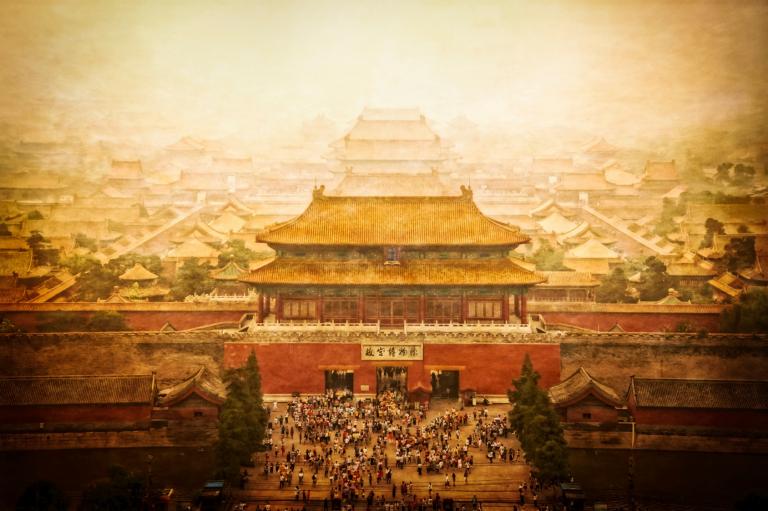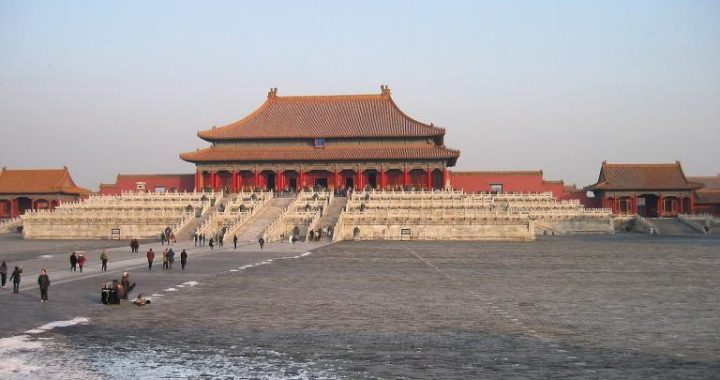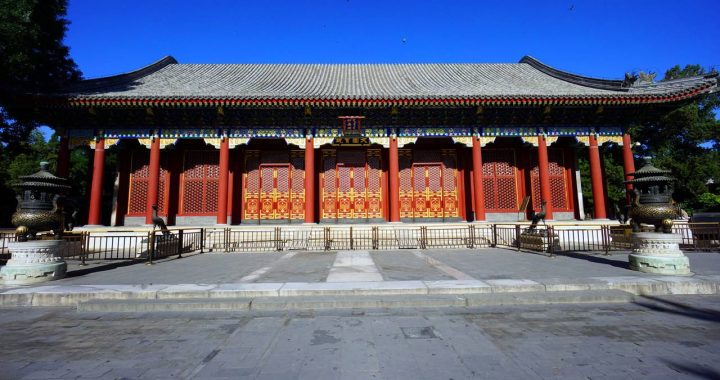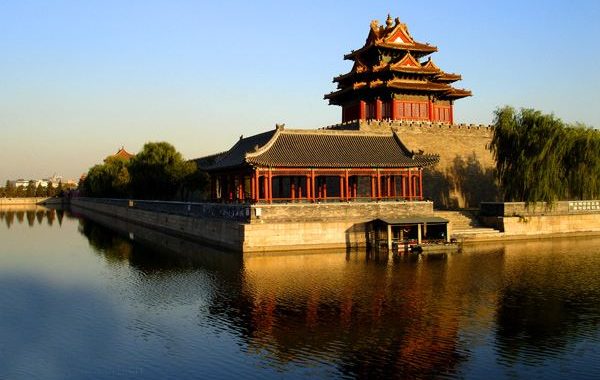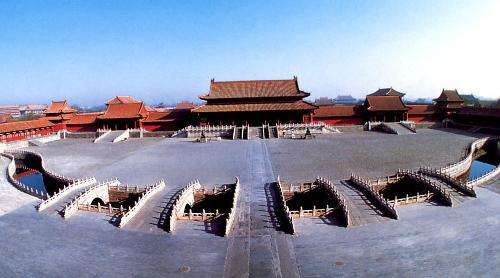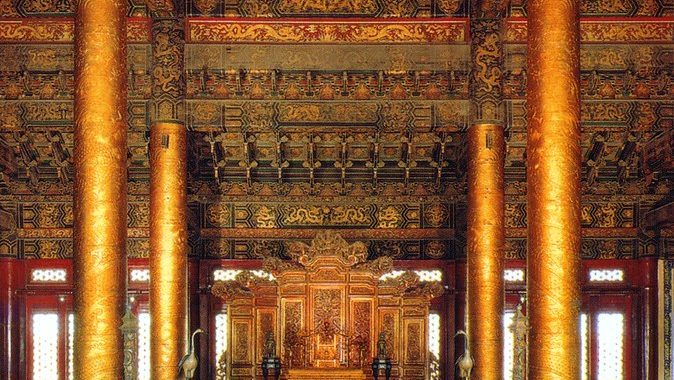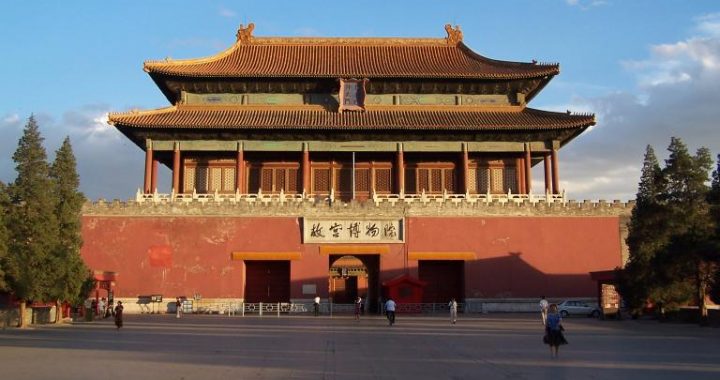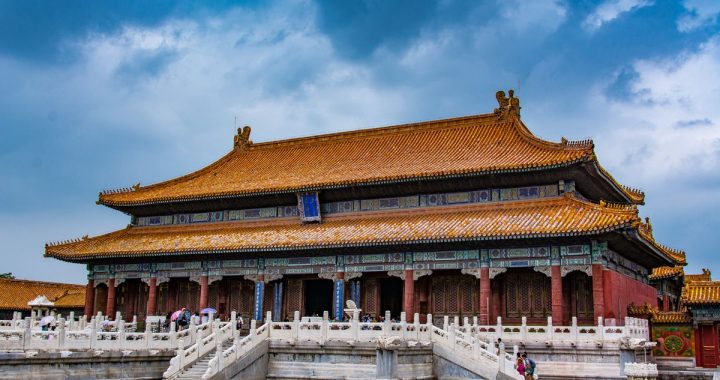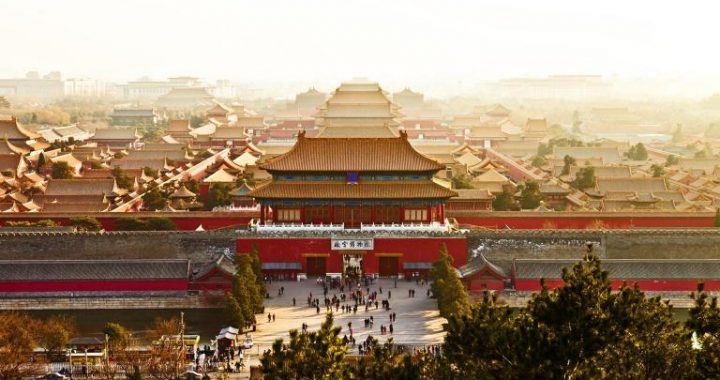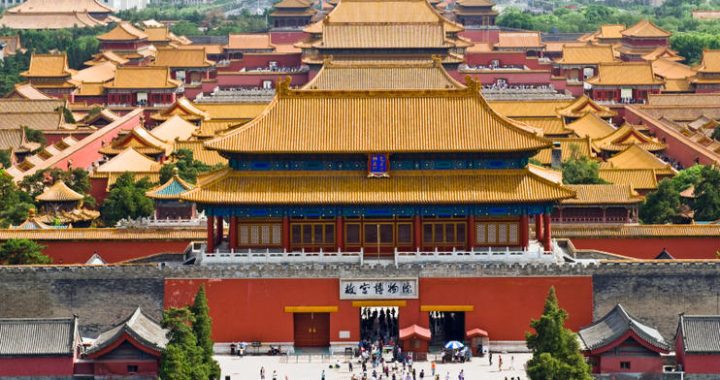The Colors of the Forbidden City
2 min readNo one can visit the Forbidden City without marveling at its unique application of color.
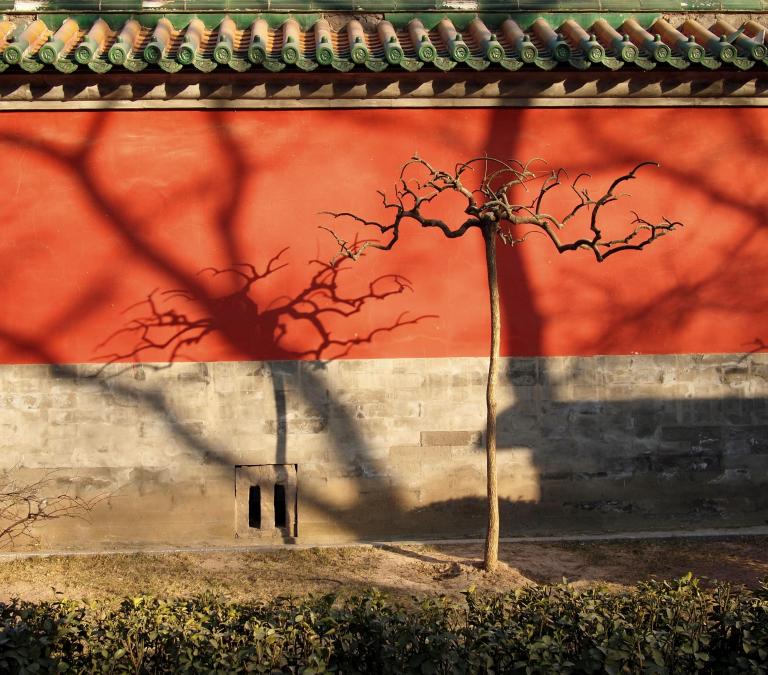
Yellow and vermilion are the thematic colors of the Forbidden City. Yellow was symbolic of imperial power in ancient China, and red has always been symbolic of happiness. Being bright colors, they give a sense of warmth and passion.
All of the nearly 1,000individual buildings in the Forbidden City have roofs covered with golden glazed tiles and vermilion walls. The red color of the numerous pillars supporting the buildings also has a strong visual impact. On a clear day, the panorama presented by glistening golden tiles on top ofred buildings under a blue sky resembles a dreamland among the green trees surrounding the Forbidden City.
Besides yellow and red, other colors are used to produce a balanced effect. For example, the beams under the eaves are usually painted with pictures in cool colors such as blue and white. Red pillars, doors and windows usually stand ona white stone floor. The gold and red buildings, against the huge white marble terraces on which they stand,form a striking contrast in color.Take the Hall of Supreme Harmony,for example.When observed from its east side,the hall resembles a colorful heavenly palace floating in a kingdom of white clouds-the enormous three-tiered marble terrace on which it stands.
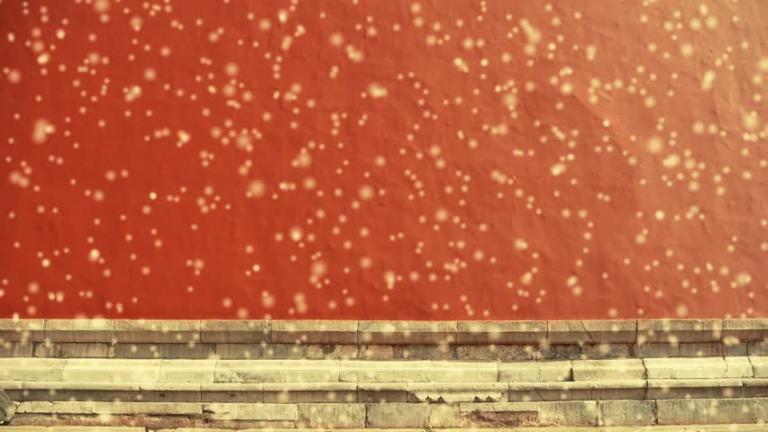
While bright yellow and red colors give prominence to imperial power,blue,white and similar cool colors add an element of grace to the buildings.For example,the spacious courtyard between the Gate of Uprightness(to the south)and the Gate of Supreme Harmony(to the north)is entirely paved with gray bricks.Five marble bridges span the Inner Golden River just inside the Gate of Uprightness.Against this gray background rises the Gate of Supreme Harmony in radiant gold and red,a vision of extreme magnificence.
No visitor to the Forbidden City can help but be stricken by the awe-inspiring sights of this historic wonder in the center of Beijing.
The Chinese have created many unique forms of art-gorgeous bronzeware, elegant gardens, natural ink-and-wash paintings, pure porcelain, enduring Tang poetry, free-flowing calligraphy, timeless statues of the Buddha, and colorful Peking opera. These art forms reveal the inner world of the Chinese people and representtheir unique sense of aesthetics. The Chinese regard art as a way to enhance the quality of life and to soothe the mind. It is an extension of the Chinese philosophy on life.
